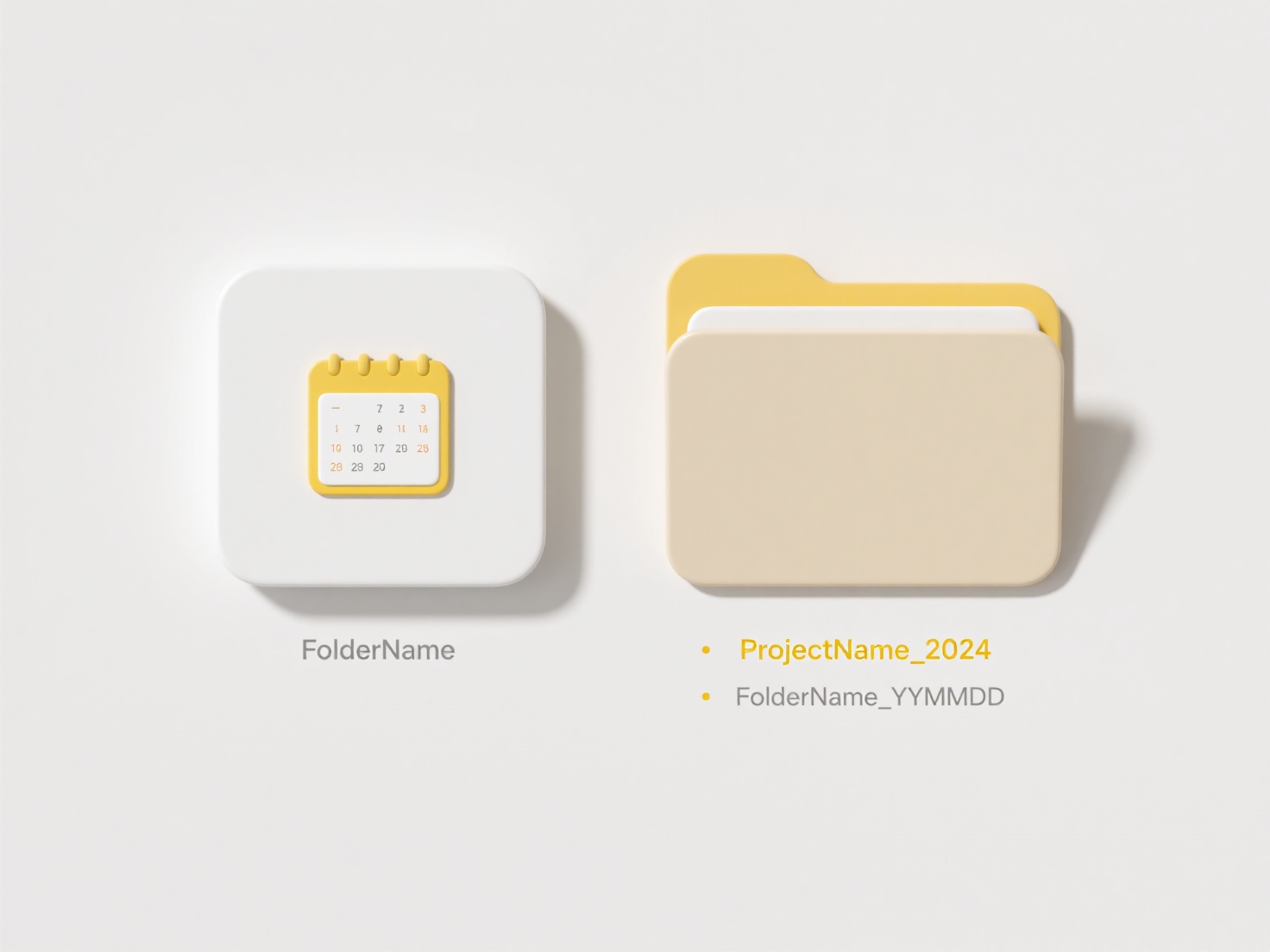
Batch renaming files using Python means automatically changing the names of multiple files at once by writing a script. Python provides built-in modules like os and shutil that let your code find files in a folder, loop through each one, and apply new naming rules programmatically. This differs significantly from tedious manual renaming or basic operating system features by allowing complex, pattern-based renaming controlled entirely by custom code you write.
A common example is adding a date prefix to hundreds of vacation photos ("IMG_001.jpg" becomes "2024_Summer_IMG_001.jpg"). Another is standardizing report filenames by converting spaces to underscores ("Monthly Report.docx" becomes "Monthly_Report.docx"). Data scientists frequently use this to process datasets, ensuring consistent filenames before analysis begins.

The primary advantage is massive time savings and consistency across large file sets. However, testing scripts on file copies first is critical to prevent accidental overwriting or data loss due to coding errors. While ethical concerns are minor, improper automation could alter important files unintentionally. Python's approach is versatile, enabling sophisticated renaming logic that future libraries could simplify further.
Can I batch rename files using Python?
Batch renaming files using Python means automatically changing the names of multiple files at once by writing a script. Python provides built-in modules like os and shutil that let your code find files in a folder, loop through each one, and apply new naming rules programmatically. This differs significantly from tedious manual renaming or basic operating system features by allowing complex, pattern-based renaming controlled entirely by custom code you write.
A common example is adding a date prefix to hundreds of vacation photos ("IMG_001.jpg" becomes "2024_Summer_IMG_001.jpg"). Another is standardizing report filenames by converting spaces to underscores ("Monthly Report.docx" becomes "Monthly_Report.docx"). Data scientists frequently use this to process datasets, ensuring consistent filenames before analysis begins.

The primary advantage is massive time savings and consistency across large file sets. However, testing scripts on file copies first is critical to prevent accidental overwriting or data loss due to coding errors. While ethical concerns are minor, improper automation could alter important files unintentionally. Python's approach is versatile, enabling sophisticated renaming logic that future libraries could simplify further.
Quick Article Links
How do I move a cloud file back to local-only use?
Moving a cloud file back to local-only means making a copy stored only on a specific device (like your computer or phone...
Why can’t I open files from email attachments?
Email attachments may not open due to common technical restrictions or security measures. Most systems prevent direct op...
How do I batch rename files in Windows File Explorer?
Batch renaming allows you to change the names of multiple files simultaneously within Windows File Explorer, rather than...